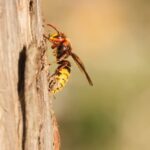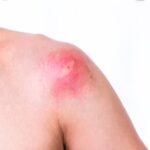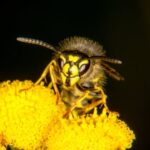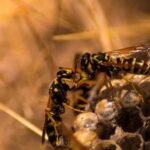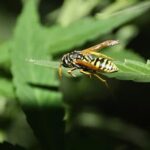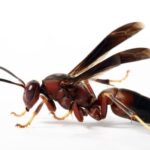How Do Trichogramma Wasps Work?
Unlike other wasps, Trichogramma wasps do not sting humans. They are harmless and effective in the control of caterpillar pests. They are also beneficial to the environment.
Trichogramma wasps are small, parasitoid wasps that parasitize moth and insect eggs. The female wasp lays eggs inside the host egg. The adult Trichogramma then emerges and feeds on the caterpillar. The Trichogramma larvae kill the moth or insect before it damages the plant. The larvae are very small and look like a small sandpaper. The Trichogramma wasp is also used as a biological control agent.
Trichogramma wasps can be purchased at feed stores, organic garden centers, and mail order. There are four species of Trichogramma available. Each species is used for different pests. Some of the pests that are controlled by these wasps include canker worms, tent caterpillars, greenworms, and armyworms.
Trichogramma wasps have many uses, but they are most widely used to control moths. Their ability to parasitize moth eggs makes them a useful biocontrol agent. These tiny wasps can be released in areas where there is high pest moth concentration.
The wasps are released in jars or bags. These bags should be white or light colored. Keeping the contents of the jars in a cool, dark, and dry area will increase the chances that the wasps will survive.
Before releasing Trichogramma, you must find a suitable environment. The wasps will only live for five to seven days in the field. They need a shaded, cool, and dark area to live.

